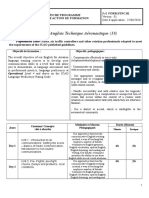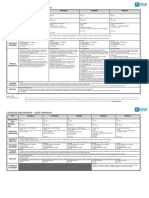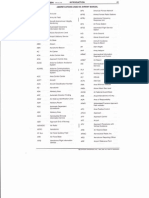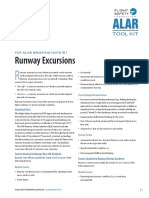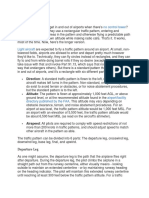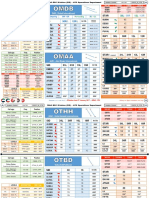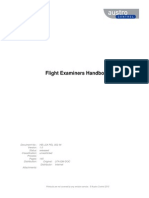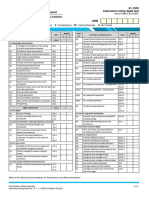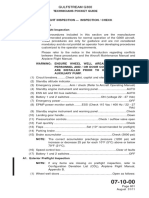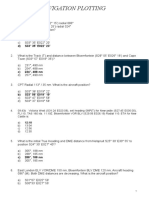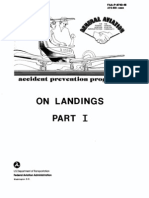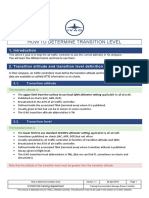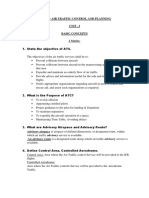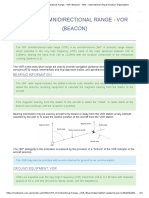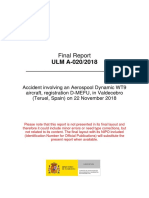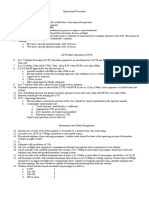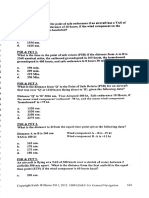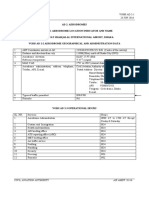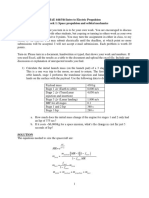100% found this document useful (1 vote)
1K views5 pagesHow To Determine Transition Level
The document explains how air traffic controllers determine transition levels using transition altitudes, standard atmospheric models, and pressure altitude calculations. Transition levels define the changeover from local QNH to standard 1013 hPa altimeter settings for aircraft.
Uploaded by
pilot digitalCopyright
© © All Rights Reserved
We take content rights seriously. If you suspect this is your content, claim it here.
Available Formats
Download as PDF, TXT or read online on Scribd
100% found this document useful (1 vote)
1K views5 pagesHow To Determine Transition Level
The document explains how air traffic controllers determine transition levels using transition altitudes, standard atmospheric models, and pressure altitude calculations. Transition levels define the changeover from local QNH to standard 1013 hPa altimeter settings for aircraft.
Uploaded by
pilot digitalCopyright
© © All Rights Reserved
We take content rights seriously. If you suspect this is your content, claim it here.
Available Formats
Download as PDF, TXT or read online on Scribd
/ 5








